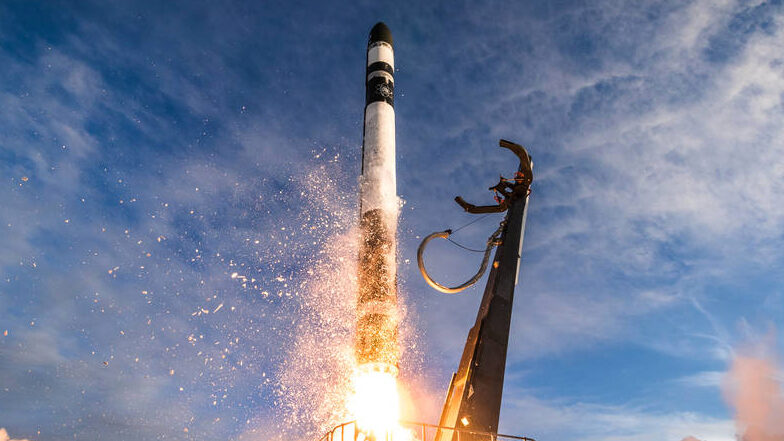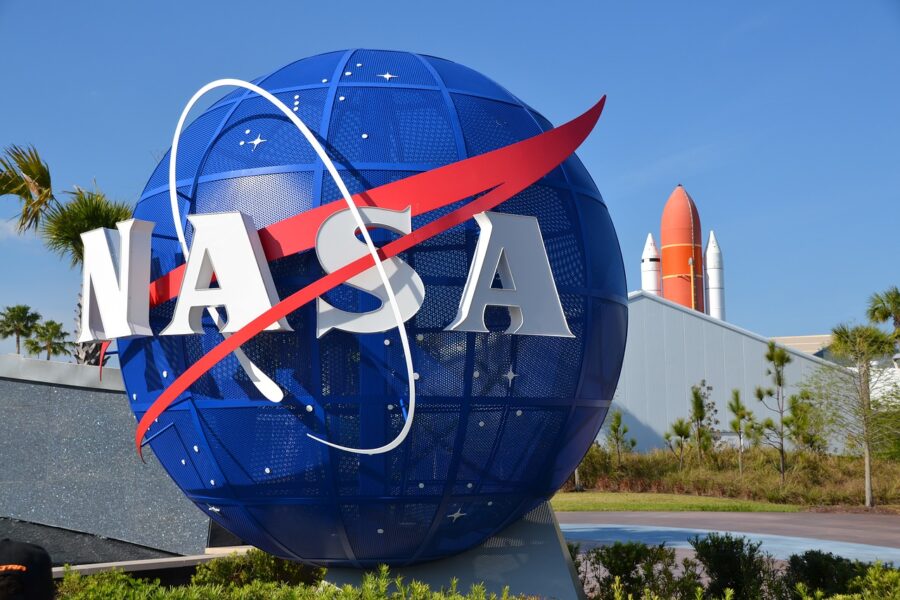NASA Just Launched A Planetary Defense Ship To Save Earth
Across the globe, various telescopes will work together to observe the event that we surely hope NASA can pull off.
This article is more than 2 years old

In disturbingly not so shocking news to accompany the disaster that was the year 2021, NASA just launched a planetary defense spacecraft destined to crash into an asteroid, and save Earth. It sounds something like a headline that could have been taken right out of Netflix’s newest Academy destined satirical film, Don’t Look Up. However, this experiment is no joking matter to NASA and scientists around the world, who are attempting to find a new way to save Earth.
In the early morning of November 24th, NASA’s $330 million DARTMission spacecraft launched from Vandenberg Space Force Base in California on an Elon Musk owned SpaceX Falcon 9. The spacecraft, named the Double Asteroid Redirection Test (DART) set out on a 10-month mission to journey the cosmos over 6.8 million miles before reaching its mission: the small asteroid Dimorphos. So as scary as the project may sound, the goal isn’t to prevent the asteroid’s collision with Earth and there is absolutely no threat from the small “moonlet”.
The major purpose of NASA’s mission is to change the speed of the space rock on impact by a fraction of a percent, which can be measured from Earth. If the project is successful, scientists could possibly save Earth from impending doom with the ability to knock asteroids off their planned trajectory. “This isn’t going to destroy the asteroid. It’s just going to give it a small nudge,” said mission official Nancy Chabot of Johns Hopkins Applied Physics Laboratory, which is managing the project. The change in the orbital period will be measured by telescopes on Earth. The minimum charge for the mission to be considered a success will be 73 seconds.

While scientists emphasize that there is no present life-ending threat from asteroids currently, NASA is continuously discovering new near-Earth asteroids on a daily basis, with over 27,000 identified to date. And as we all know, the possibility is very real considering it happened once already, 66 million-odd years ago. Choosing the Dimorphos asteroid as their target likely came as an easy choice for NASA. The small asteroid was first discovered in 2003 when its orbital path was at its closest to Earth at 4.5 million miles away. The fact that it occasionally passes close to Earth and presents no impact threat made it the perfect target.
While possibly saving the world, the refrigerator-sized spacecraft will also capture images along the way. Using the Didymos Reconnaissance and Asteroid Camera for Optical Navigation, or DRACO, the high-resolution camera will also aid NASA in the ship’s long navigation. On December 7th, DRACO captured its first image about 2 million miles from Earth. The image shows about a dozen crystal-clear stars near the constellations Perseus, Aries, and Taurus intersection. Images of the impact will also be collected by a miniature camera-equipped satellite, called LICIACube, contributed by the Italian Space Agency that will be ejected by the DART spacecraft 10 days before impact. DART still has quite the journey ahead of itself. NASA has projected the spacecraft will collide with the asteroid sometime between September 26th and October 1, 2022. Across the globe, various telescopes will work together to observe the planetary defense event that we surely hope NASA can pull off.












